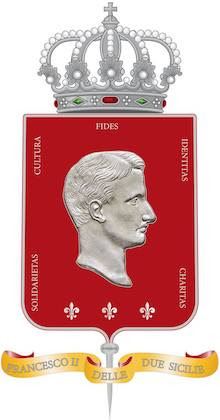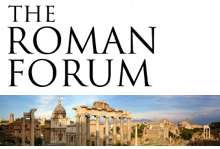,%20by%20Le%CC%81on%20Cogniet.jpg) |
| The Italian brigand's wife (c.1825-26), by Léon Cogniet (1794-1880) |
They watched me with the solemn patience of undertakers. When I turned away, their wings rustled—a dry whisper like ashes in the wind. They followed at a distance, gliding from tree to tree. Even when they vanished from sight, their mournful kawing echoed through the fog.
When I reached the gate, they were waiting. One cocked its head, the other spread its wings as if in benediction. Then, in a voice like the grinding of bones—slow, hoary, unfeeling—one said to the other, “Pay he shall, for failing to pay the toll.”
I do not remember falling asleep. I only remember falling.
When I opened my eyes, I was somewhere else. The sky was the bruised violet of late autumn, and the air was thick with smoke and pine. Around me, a few men huddled near the embers of an extinguished fire—gaunt, unshaven, eyes hollow with hunger. Brigands. My band.
At my side sat Doña Martina, her embroidered shawl drawn close, her eyes distant. Once the daughter of a slain local barone, a Bourbon loyalist descended from an old Spanish house, she had been my lover. Now, in the faint afterglow, she looked like something remembered rather than real.
No one spoke. We ate a little stale bread and passed a flagon of new wine. In the distance, a wolf howled—a long, mournful cry that seemed to answer something primeval inside me.
I tried to recall how we came to this place. The mountains were familiar—Lucanian, perhaps, Monte Vulture—but the years were wrong. Some old blood memory stirred in me, reaching back untold generations. There was no sound of automobiles, no hum or din—only, somewhere beneath the fog, a single rifle crack.
We waited for dawn to grant us passage, but the full moon betrayed us.
They came through the fog like wraiths, rifles glinting, shouting in the tongue of the new Italy. The invaders. We fought with what little we had—pistols, knives, and desperation. Martina fired once, twice, and then fell. The world rang like a struck bell, its knell resounding through me. A blow to the skull—the butt of a rifle—and everything went black.
I awoke gasping, tangled in my sheets, the room cold and still. My head throbbed where the rifle had struck me in the dream. I rose, half-expecting to see the pale glow of embers still smoldering.
Outside, the first light of dawn seeped through the open shutters.
Then I heard them.
Kaw.
Kaw.
Two corbies perched on the railing, watching me.
One turned to the other and whispered, almost mercifully, “The toll is paid.”
And they took wing into the mist.
Prone to dark, disturbing dreams, I found this one—a smorfia delight—lingering still, rich in omens. I cannot shake the feeling that those birds were not mere watchers, but collectors, psychopomps: each cry a tally of my debts, each dream a payment made in full—perhaps for what I failed to do for my beautiful Martina.
~ By Giovanni di Napoli, October 30th, Feast of Sant'Angelo d'Acri





























































